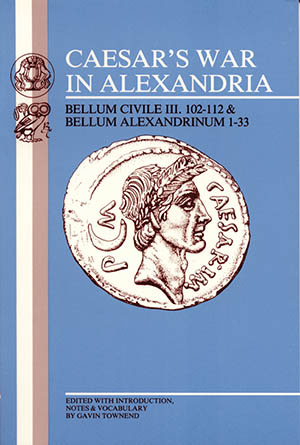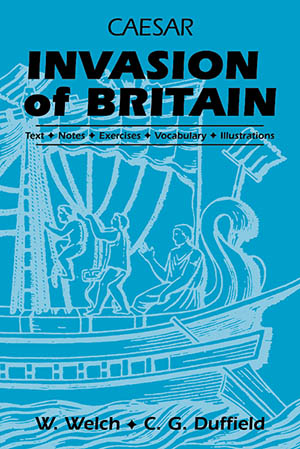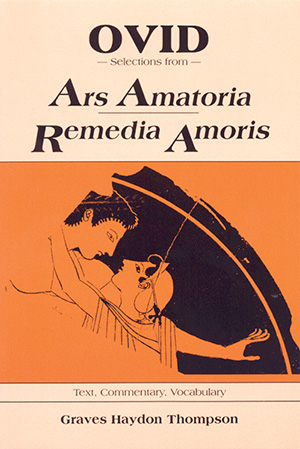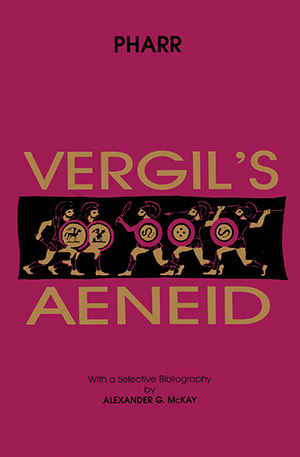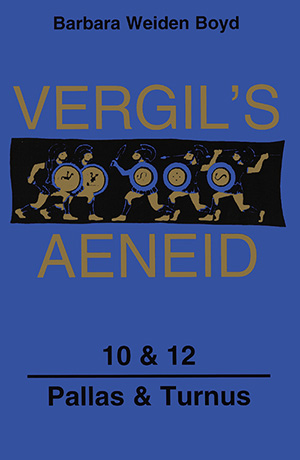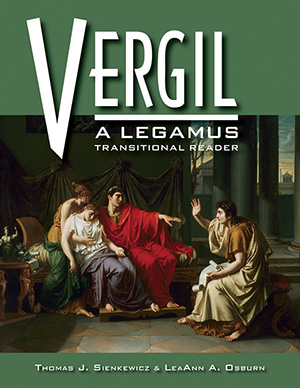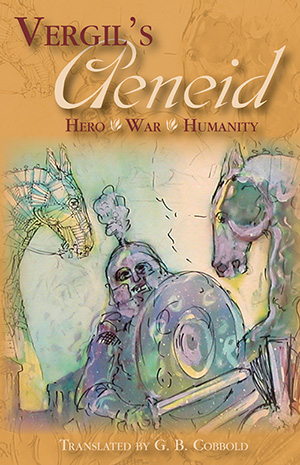Latin text of 395 lines of the Aeneid (608–731: shield of Aeneas; 11.498–596—introduction to Camilla; 11.664–835—Camilla's heroicism and defeat), with same-page vocabulary and notes. These passages introduce episodes that can only enrich and deepen appreciation for and understanding of Vergil's poetic project. Vergil's description of the scenes on shield presented to the uncomprehending Aeneas, and of the heroism and defeat, through trickery and misplaced desire, of Camilla (deemed "Italy's ormanment," by Turnus), when considered side by side, invite readers to scrutinize the relationship, both strained and intimate, between Italy and Rome, and to shed light on Vergil's complex undrestanding of that relationship. This edition also includes a glossary of rhetorical terms and figures of speech mentioned in the passages, a selected bibliography, and a full vocabulary.

Thematic selections from The Aeneid on the intriguing relationship between Rome and Italy.


